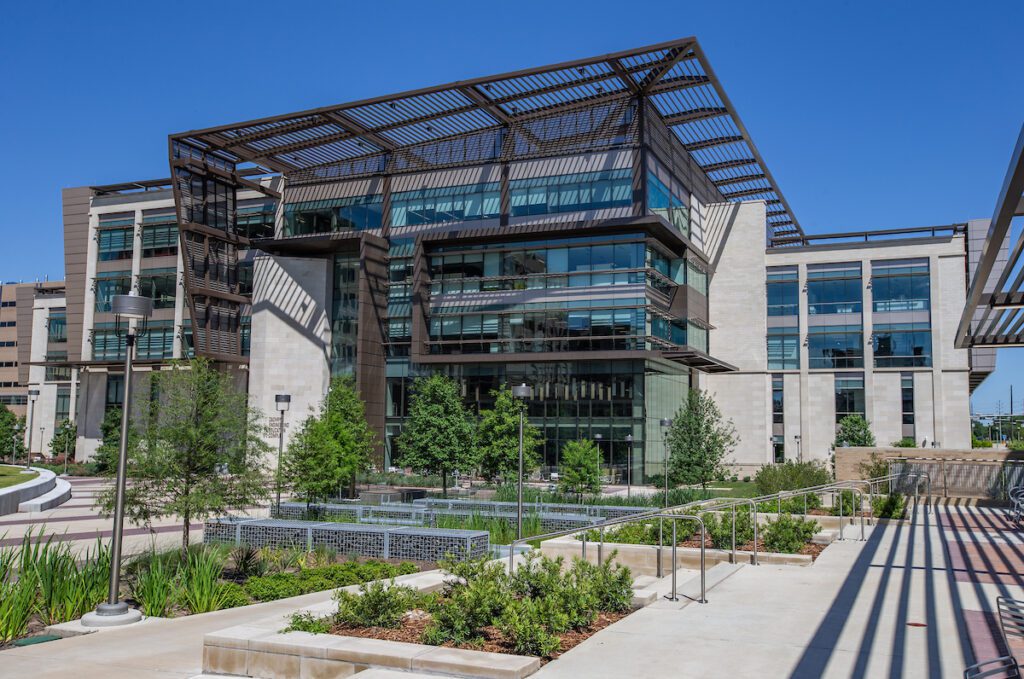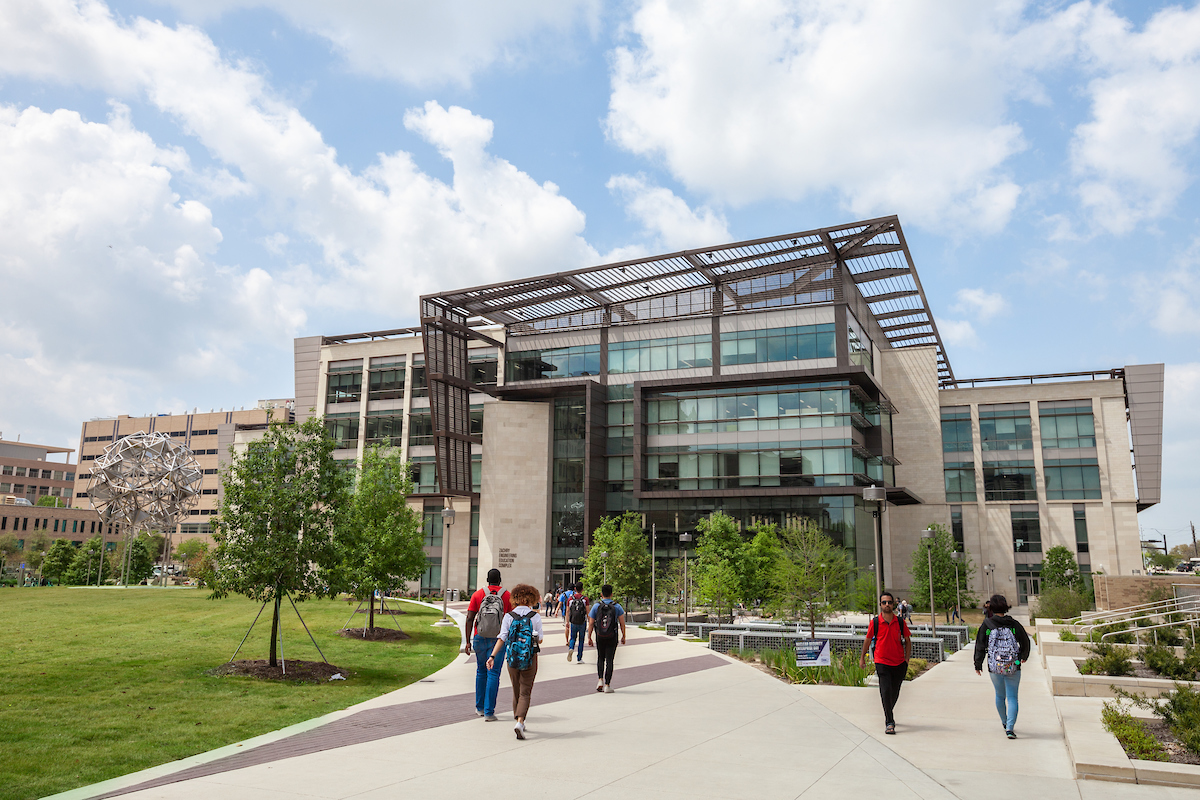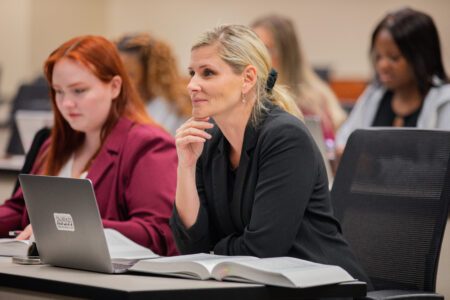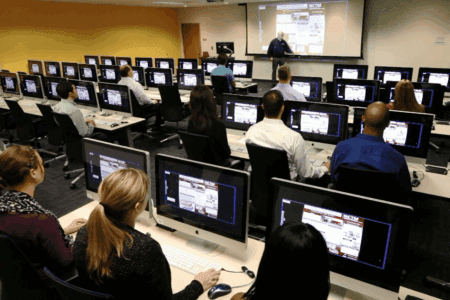At Texas A&M University, the Department of Electrical and Computer Engineering is showing what it means to combine tradition with bold investments in the future.
The department has made landmark moves to strengthen its position as a hub of innovation. A US$250 million investment in a Semiconductor Institute, a US$45 million GPU cluster, and the hiring of 20 world-class faculty members demonstrate the scale of its commitment. These resources place students at the heart of fast-growing fields, giving them access to some of the most advanced facilities anywhere.

Texas A&M University graduates in electrical and computer engineering pursue dynamic careers, driving innovation and shaping a better future. Source: Texas A&M University
Rankings reflect this leadership. According to US News & World Report, Texas A&M’s graduate programme is ranked 11th for computer engineering and 13th for electrical engineering among public institutions. Yet for many students, the true value lies in the culture of learning that defines the department.
Here, students are encouraged to take ownership of their education by experimenting, questioning, and taking the lead. They are given opportunities to test their ideas, fail, try again, and ultimately succeed in ways that have a real-world impact.
This approach is visible in the work of graduate students who are tackling challenges at the forefront of technology. Kevin Tieu, Runzhi Wang, and Fenghua Wu recently won top honours in the “large language model” track of the Generative AI Chip Hackathon. Their system could translate English specifications into physical chip layouts while using AI agents to design and verify hardware.
“Our faculty have created an environment that encourages experimentation, interdisciplinary thinking, and real-world problem solving,” Wang says. “This competition gave us a chance to bring those skills to the global stage.”
In another project, graduate student Chrysanthos Pepi collaborated with faculty member Dr. Paul Gratz and industry researchers to develop Skia, a technique to predict “shadow branches” in data centre instruction sets. Think of it as a tool that helps computers guess what hidden instructions they might need to follow. By improving prefetching and decoding, Skia reduces performance bottlenecks, boosting both speed and energy efficiency. The project was published in a leading conference and presented internationally.

Texas A&M students work in fields shaping the future, from telecommunications and biomedical systems to energy and electronics. Source: Texas A&M University
Achievements are not limited to technical breakthroughs. Students are also being recognised for leadership and ambition as they pursue advanced studies.
Two of them, Owen Cornmesser and Luke Lovelace, were awarded the Chancellor’s National Academy STEM PhD Fellowships. Cornmesser, who combined athletics with academic success, completed both bachelor’s and master’s degrees before choosing to focus on renewable energy integration. Lovelace, an active participant in the Engineering Honours Programme, has established a strong record of leadership and research and will specialise in analogue and mixed-signal circuit design.
In another example, the Texas Power and Energy Conference is organised entirely by graduate students in the department. The event brings together participants from around the world, and its success depends on student leadership in securing sponsorships, coordinating submissions, and creating a programme that includes keynote speakers, workshops, and networking opportunities.
Such experiences lead to real-world success. Alumni are now making their marks in industry. One example is Dr. Bryton Praslicka ’19, who quickly established himself as a leader in advanced gear technology. As CEO of FluxWorks, he leads a startup that designs magnetic gears quieter, more efficient, and longer-lasting than traditional models.
Based in Conroe, Texas, FluxWorks has already secured contracts with organisations such as the US Army, NASA, and Anduril. The company is projected to reach US$1.8 million in revenue this year and is preparing to test four of its gears on the International Space Station. Their performance in zero-gravity conditions will provide critical insights for future applications.
Recognised as a Forbes 30 Under 30 honouree, Dr. Praslicka embodies the entrepreneurial drive and vision of Aggie engineers, showing how the foundation built at Texas A&M empowers graduates to innovate far beyond the classroom.
Learn more about the Department of Electrical and Computer Engineering.
Follow the Department of Electrical and Computer Engineering at Texas A&M University on Facebook, Instagram, LinkedIn, and YouTube












